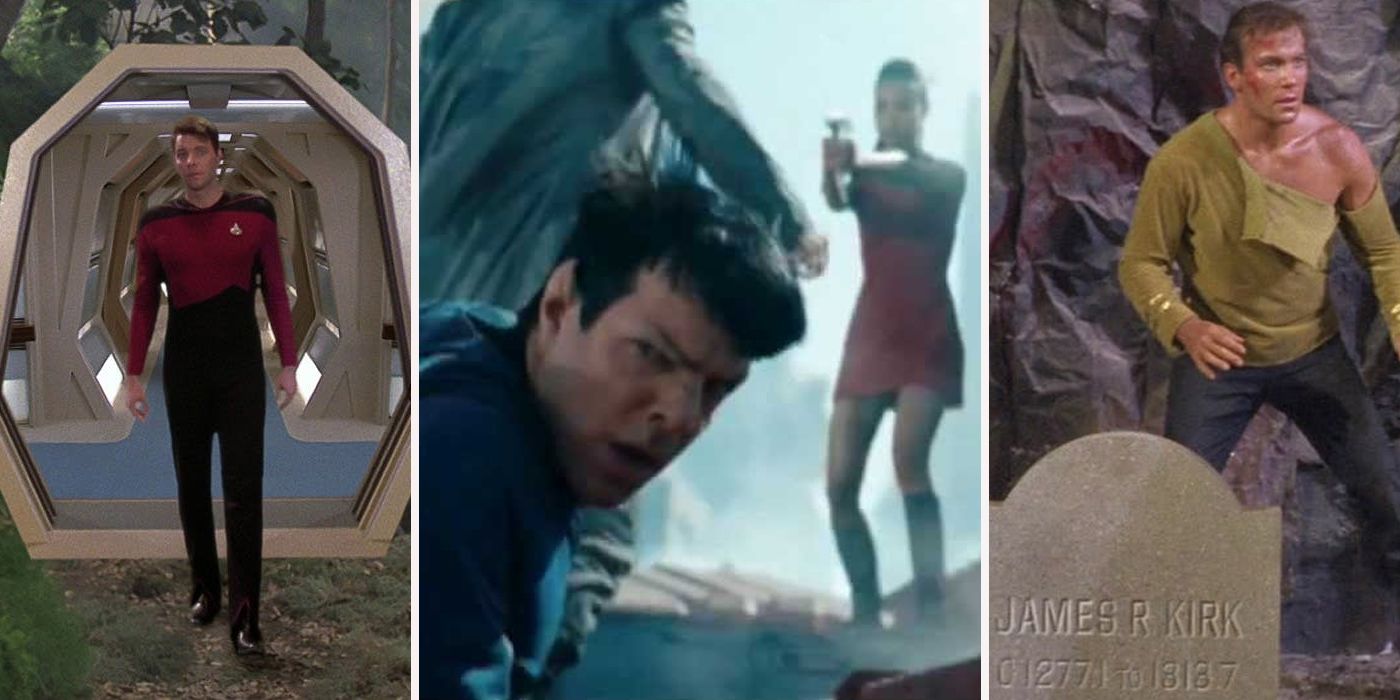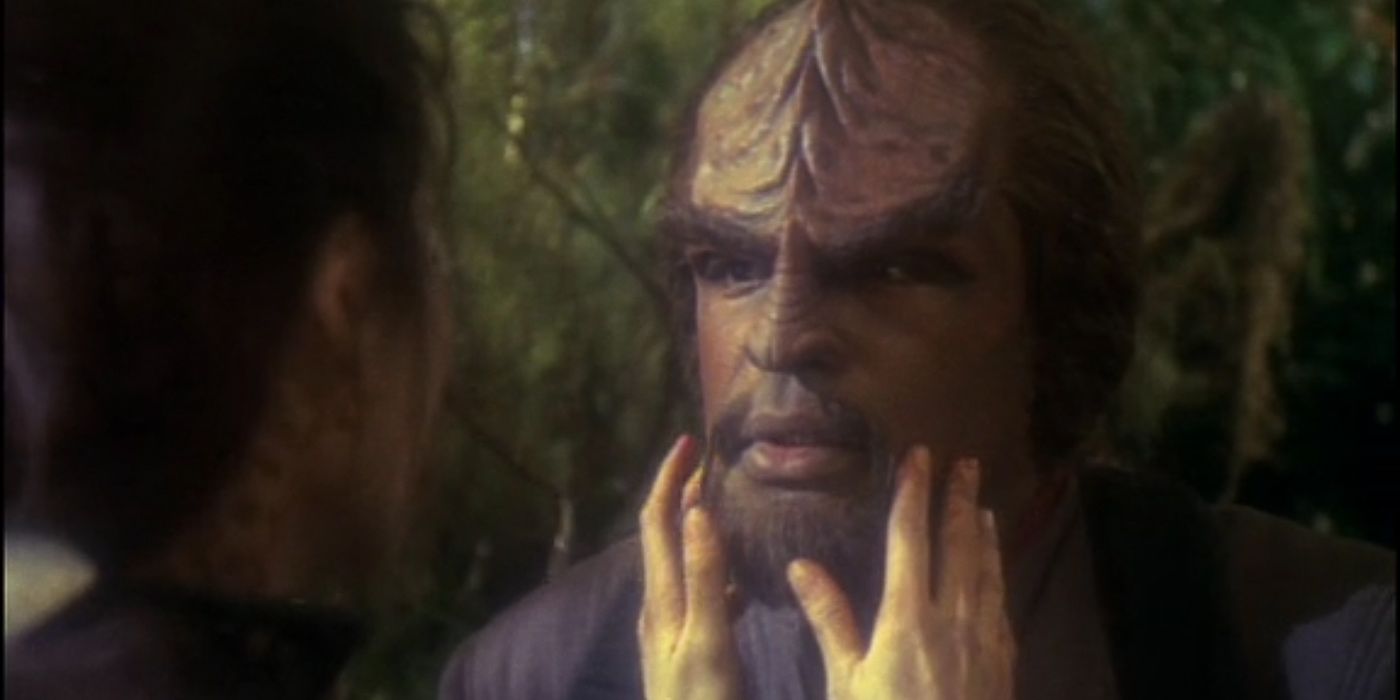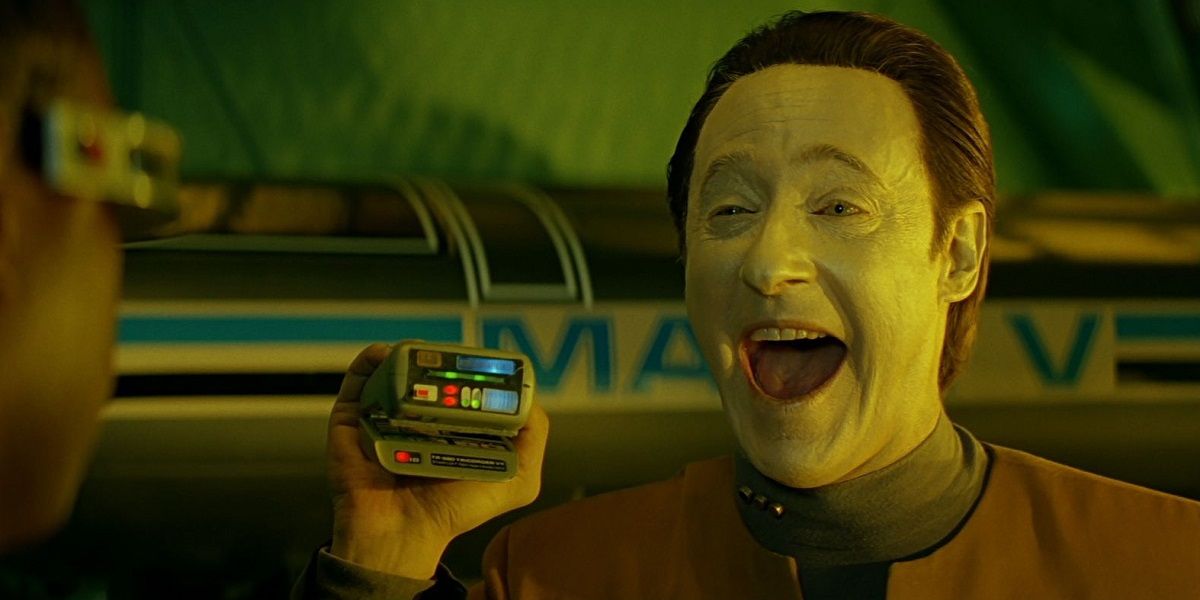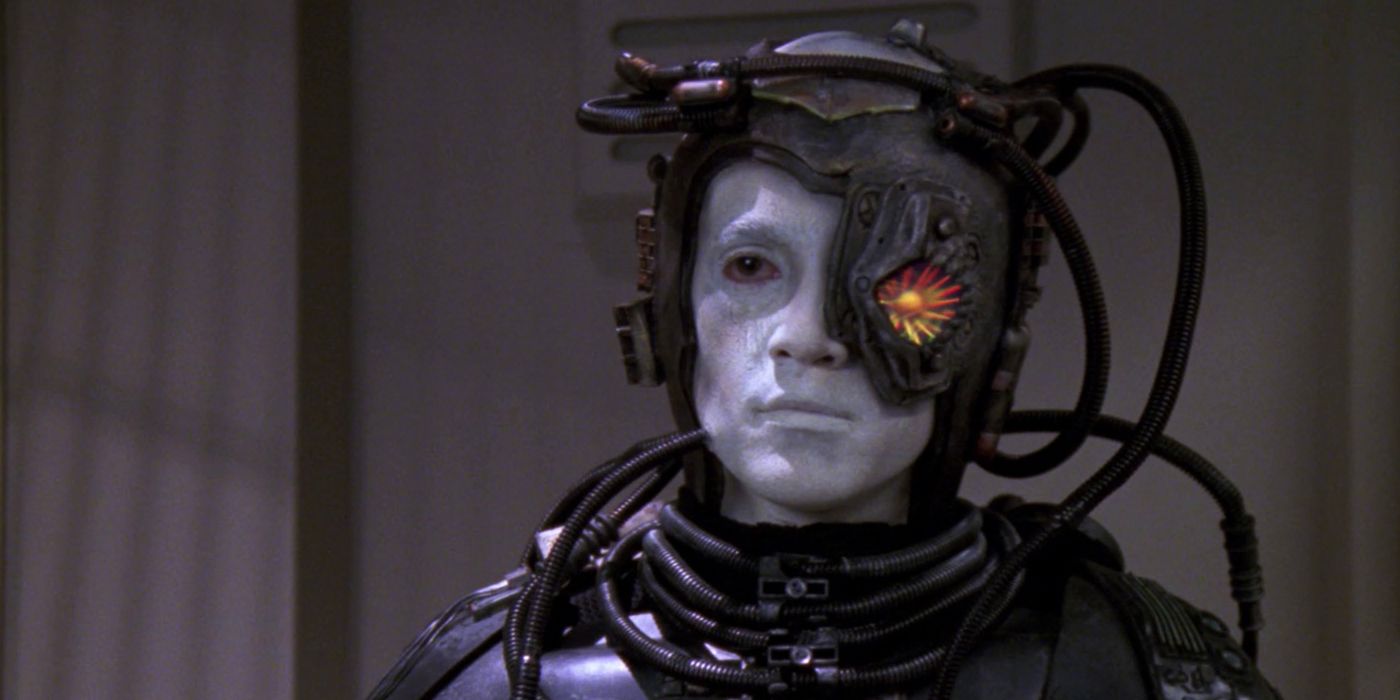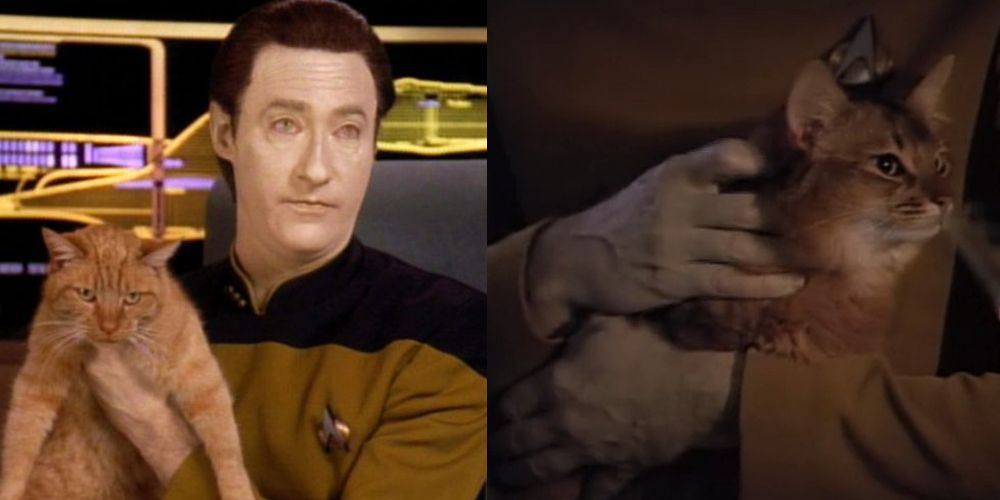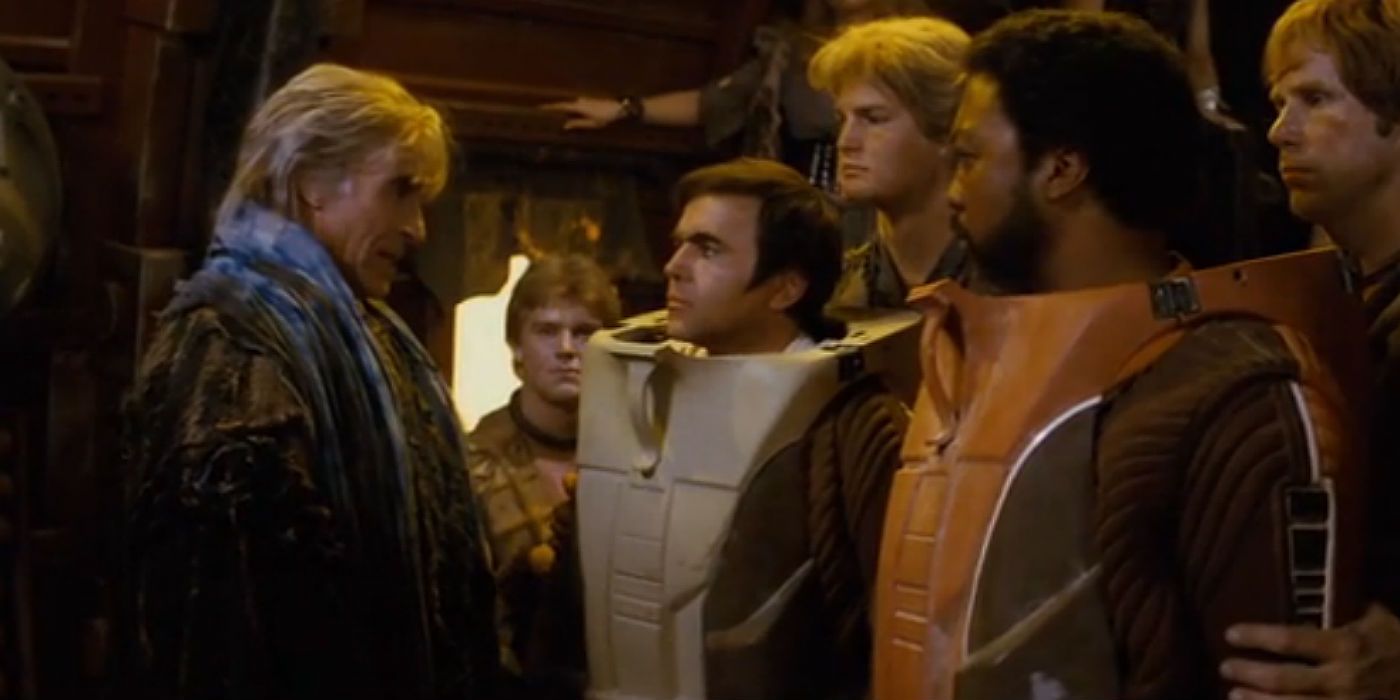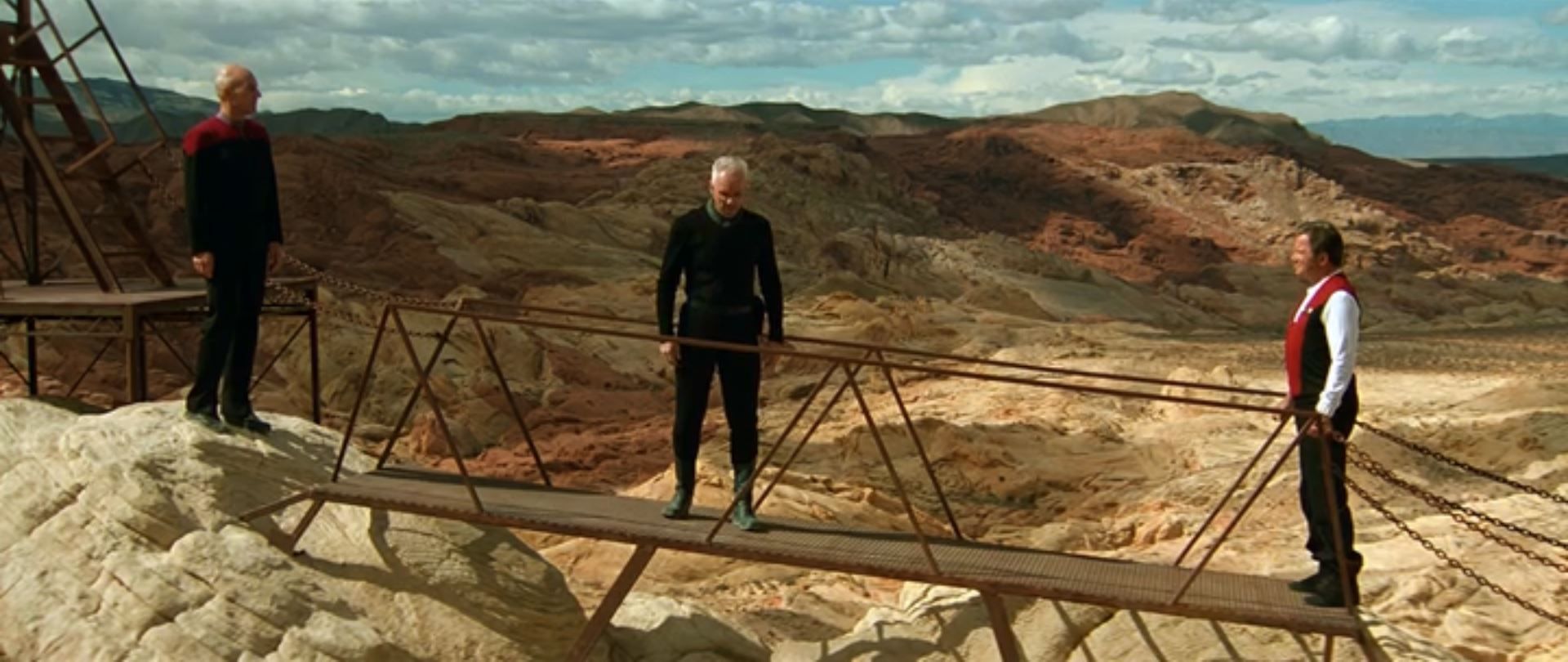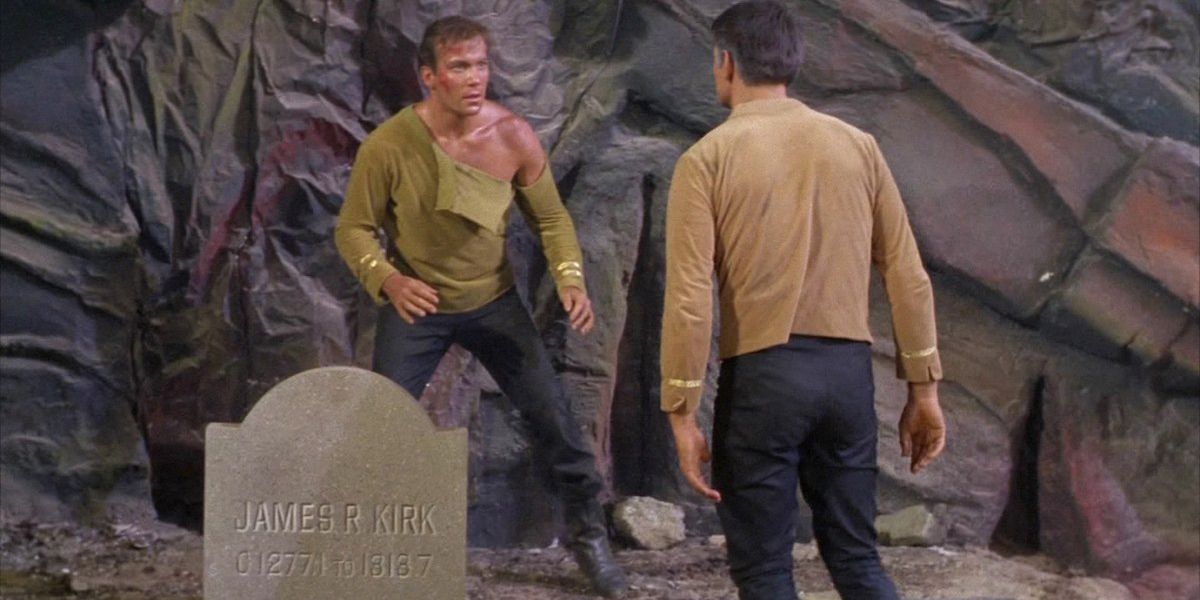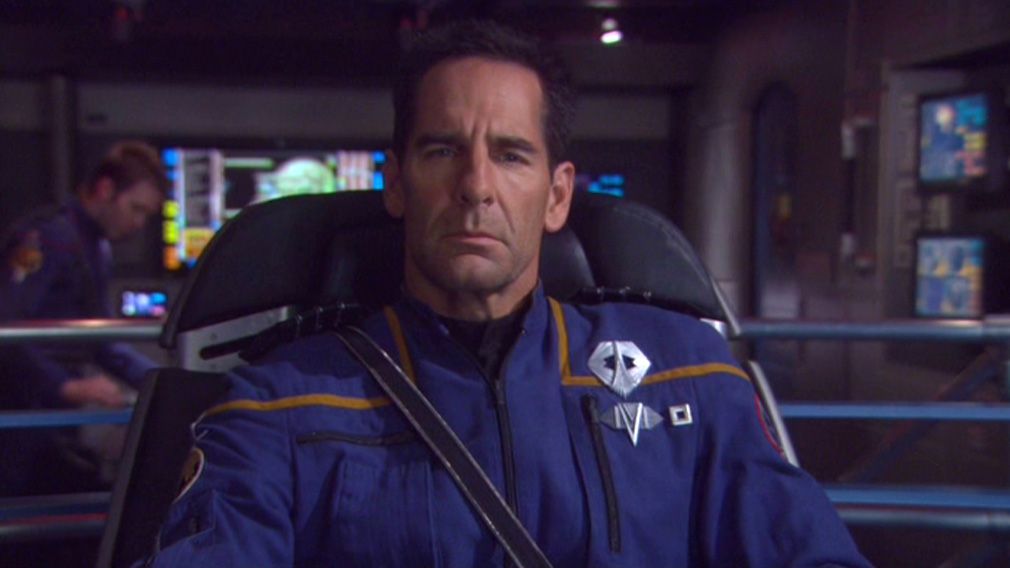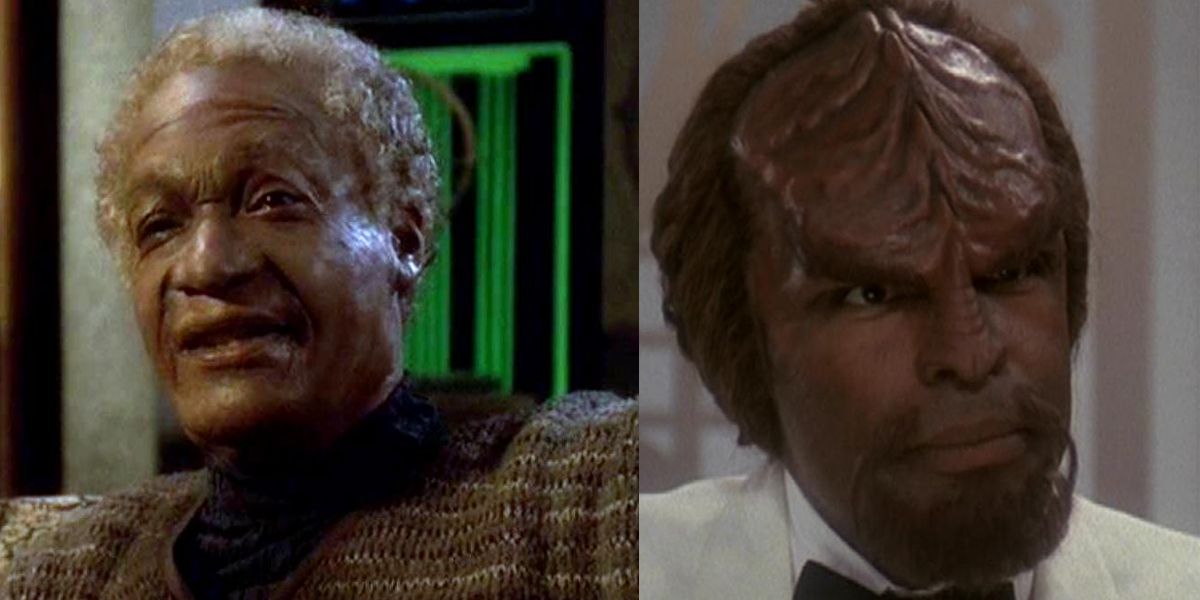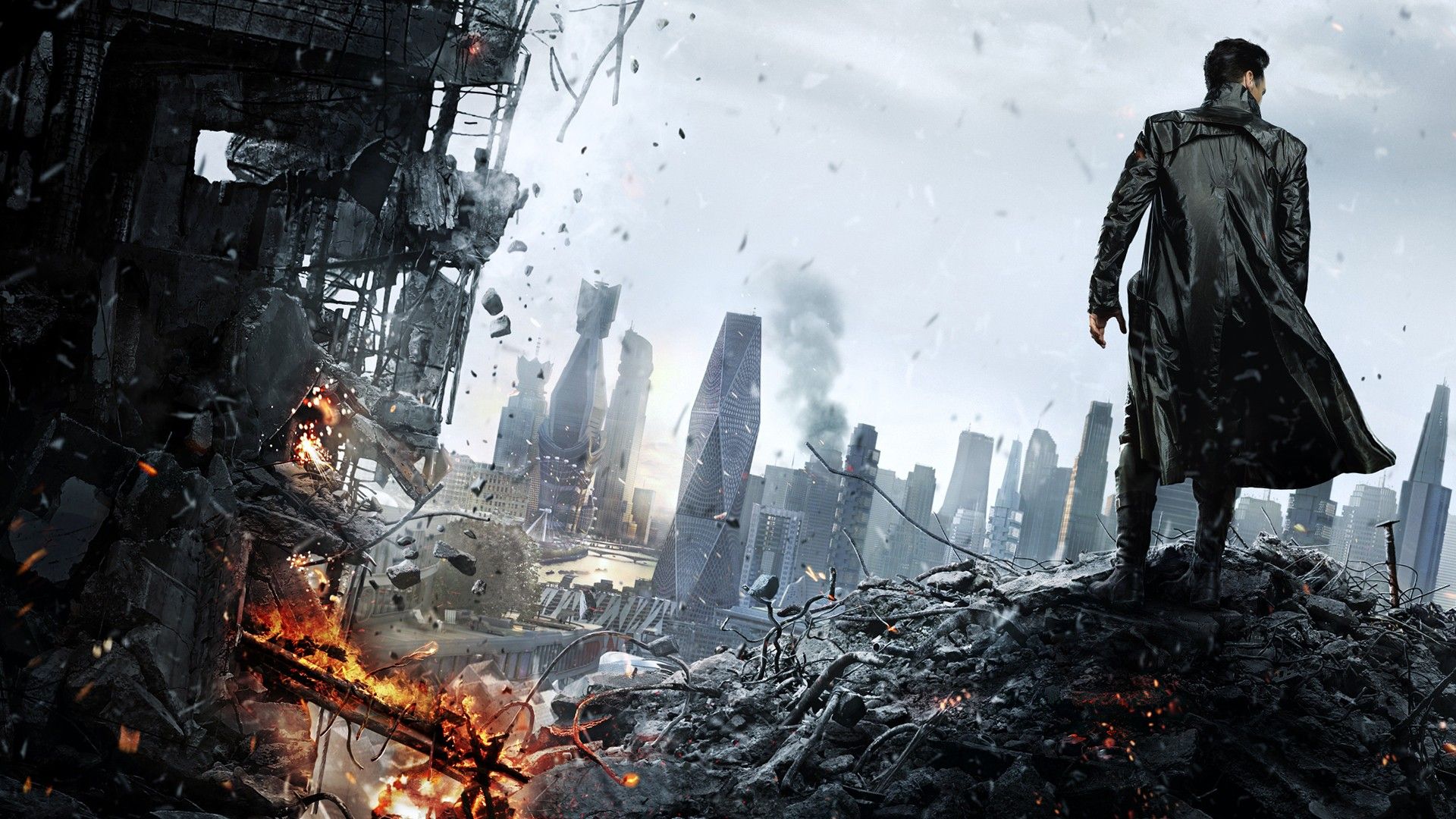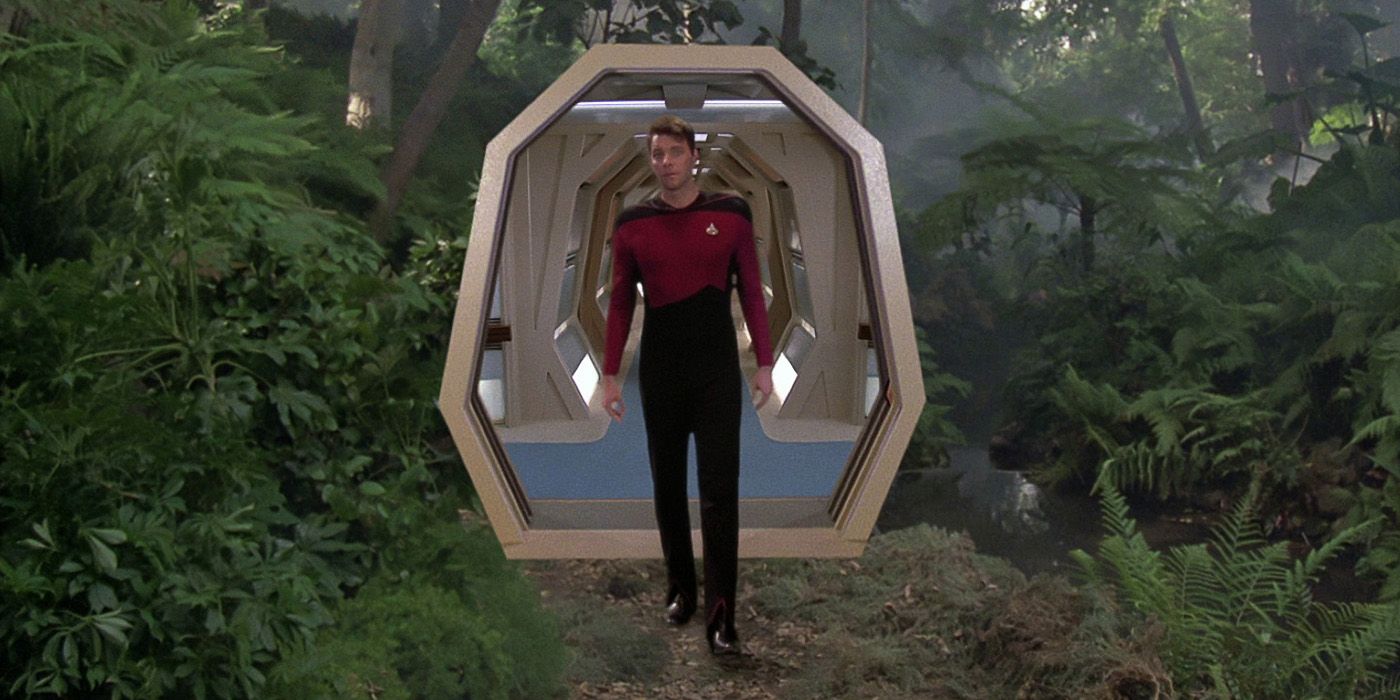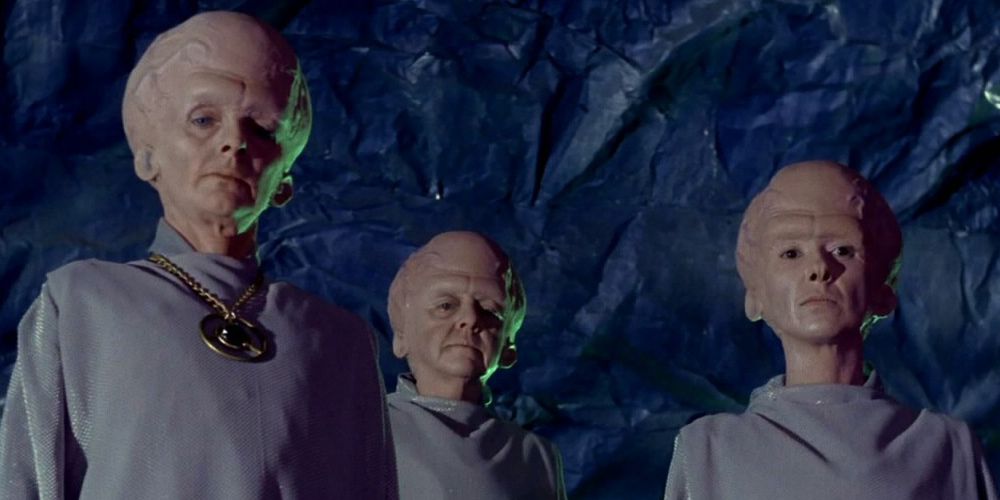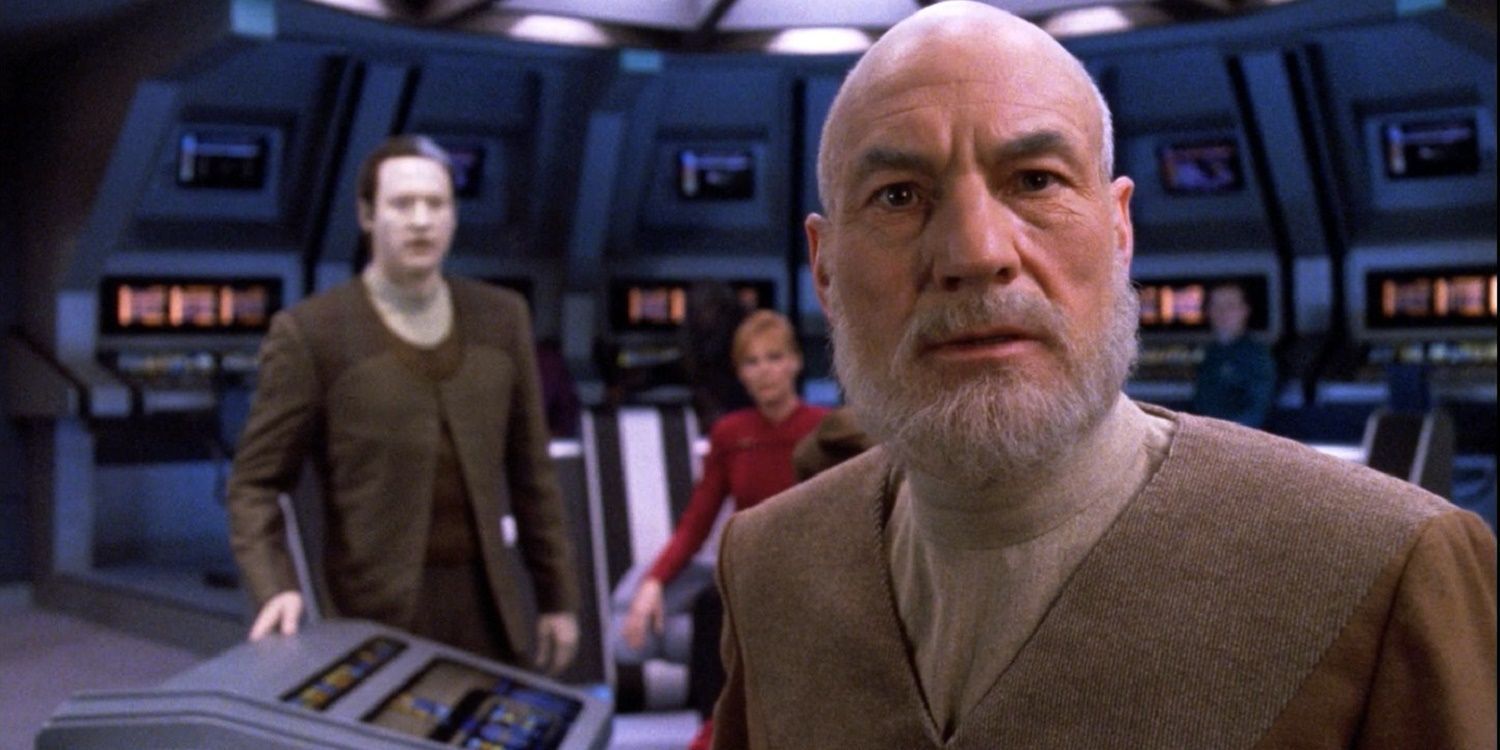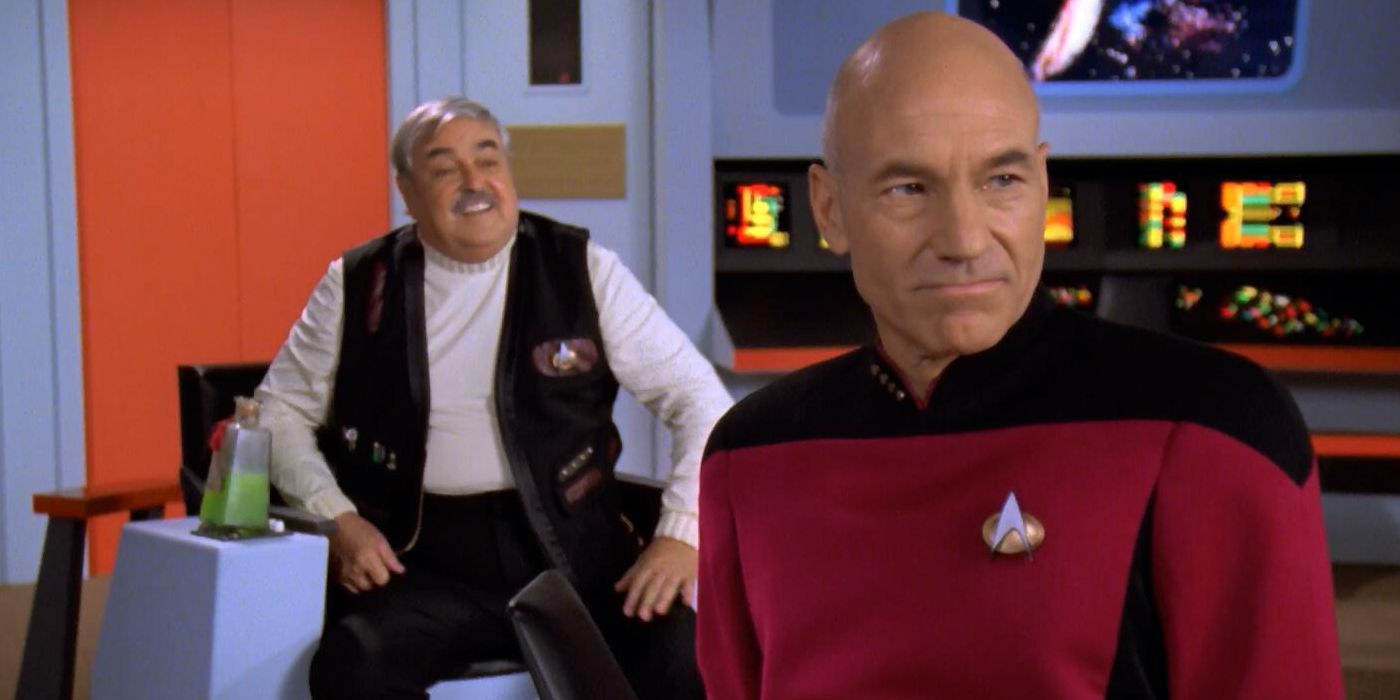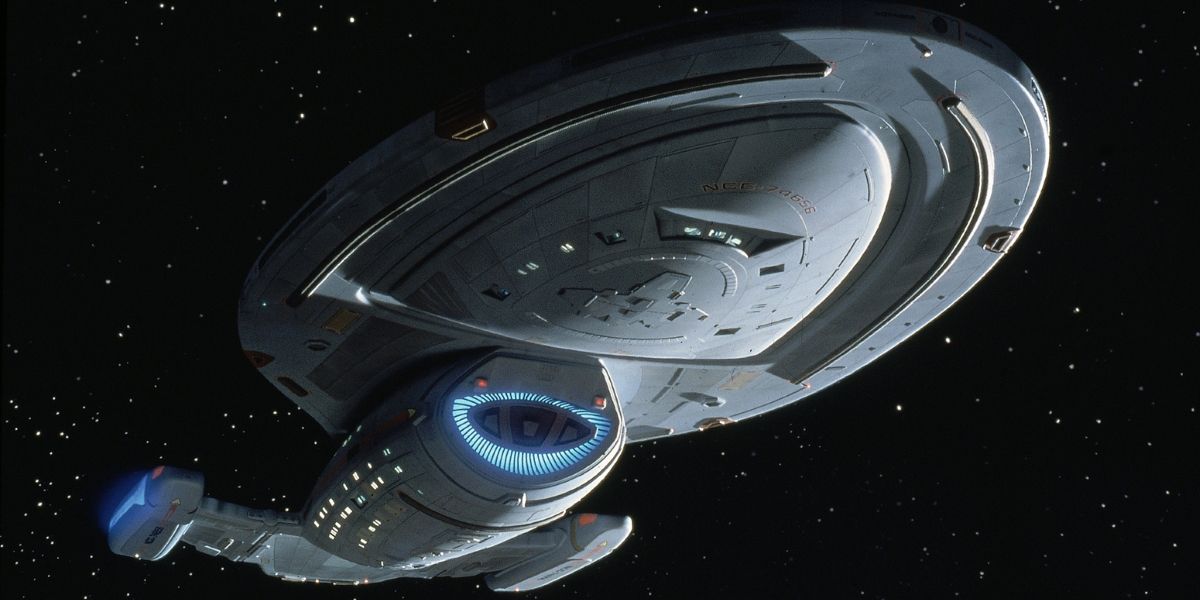Star Trek is a franchise that has had lots of different writers contribute to the fabric of its universe. What started out as a TV show soon ballooned into an industry unto its itself, with comic books, novels, tabletop RPGs, video games, and later, motion pictures, adding to the setting.
When you have so many different people contributing to a single setting, it is only natural that there be contradictions and retcons concerning the facts of the Star Trek universe. A lot of writers were willing to ignore certain facts in order to tell a better story.
There are some plot holes in Star Trek that are harder to forgive than others, as they are sometimes contained within a single episode or season. There have been times when the creators of the show have screwed up and it's up to the fans to come up with explanations as to how to solve these errors.
We are here today to look at the most glaring plot holes in the history of Star Trek-- from the sketchy rules concerning Klingon honor, to the ever-changing number of weapons available to the USS Voyager.
Here are the 15 Plot Holes In Star Trek That Are Too Big To Ignore!
Forgetting The Klingon Capture Rule
The easiest way to dishonor a whole Klingon family is to capture one alive. This is a concept that was brought as recently as Star Trek: Discovery, as Commander Burnham and Captain Georgiou attempted to capture T'Kuvma alive in order to demoralize the Klingons and possibly the end the conflict before it could begin.
In the Star Trek: The Next Generation two-parter called "Birthright" it is once again stated that a Klingon being captured alive would dishonor the rest of their family. Worf is led into a dangerous mission as he is led to believe that his father was secretly captured after the Khitomer Massacre.
Worf (and the other Klingons) seems to conveniently forget the capture rule when it suits them. Worf himself was captured alive by the soldiers who served the Duras Sisters in "Redemption: Part 2" and was tortured for information. Worf's honor was never affected by this and he never attempted to take his own life rather than allowing himself to be interrogated.
Data Cannot Use Contractions (Except When He Can)
The Soong-type androids are the most advanced artificial lifeforms in the Star Trek universe. Their intelligence and physical durability make them superior in the line of duty compared to pretty much every other Starfleet officer we have seen in the history of the show.
The Soong-type androids are not perfect, as can be seen by the fact that Data's programming prevents him from being able to use contractions in his speech.
The problem with Data's inability to use contractions is that he uses them on numerous occasions. Data managed to use contractions several times throughout Star Trek: The Next Generation.
These mainly happened during the early episode of season one, which suggests that these were mistakes on Brent Spiner's behalf, as he was still getting used to Data's speech patterns. It's likely that these mistakes were caught during the edit but were unable to be replaced without costly reshoots.
The Hugh Genocide Method
It was originally believed that an individual who had been absorbed into the Borg Collective would not be able to be reverted to their previous form. The crew of the Enterprise was able to prove otherwise when they managed to capture Locutus and restore Captain Picard's personality.
In the episode called "I Borg", the crew of the Enterprise find an injured Borg drone and nurse him back to health. They discover that it would be possible to send the drone back with an invasive program that would wipe out the Borg Collective, but Captain Picard decides against the plan as it would be condoning genocide.
The problem with the idea of the invasive program is that no one else in Starfleet ever attempts to use it. We see lots of unscrupulous individuals in high-ranking positions within Starfleet who would have jumped at the chance to wipe out the Borg (such as the members of Section 31) once they knew the method, yet it is never mentioned again.
Data's Shapeshifting Cat
The living nightmare of working with a feline on a TV show was inflicted upon Brent Spiner when it was decided that Data should have a pet cat. Spiner has spoken at length in interviews about what a pain it was to work with the numerous feline actors for Spot the cat.
The fact that Spot had so many actors is what caused story issues, as he was originally a male, long-haired Somali breed of cat.
Spot was changed into a short-haired ginger cat in later episodes without explanation. Spot was also repeatedly referred to as being male, until the episode where it was decided that Spot would give birth to kittens, at which point the characters on the show started referring to Spot as female.
Chekov & Khan's Mysterious Meeting
Pavel Chekov was added to the cast of Star Trek: The Original Series during the show's second season. This was partly due to a desire to add a cast member who resembled one of The Monkees or The Beatles.
The late addition of Chekov to the crew would lead to a plot hole in Star Trek II: The Wrath of Khan. When Chekov encounters Khan during the film, the two of them recognize each other instantly. The problem with this situation is that Chekov wasn't part of the crew during the episode when the Enterprise discovered Khan.
Khan first appeared in the season one episode of Star Trek: The Original Series called "Space Seed", which happened before Chekov joined the crew.
The fans have come up with various explanations for this discrepancy, such as Chekov being aboard the Enterprise before he rose in rank and encountering Khan off-screen.
Picard Wastes His Free Time Travel
Star Trek Generations has a dark scene at the start of the movie where Captain Picard learns that his brother and nephew died in a house fire, which causes him to break down in tears at the thought of the last of his family being gone forever.
The story of Star Trek Generations involves a scientist named Soran trying to enter an extra-dimensional realm known as the Nexus, which is similar to Heaven. Captain Picard ends up within the Nexus and discovers that he can return to reality at any point in space and time. Picard uses this opportunity to bring Captain Kirk (who is also within the Nexus) back to reality so that they can fight Soran together.
It's never explained why Captain Picard didn't just go back in time a few days and warn his family of the fire, so that they could be saved, before using the Enterprise to stop Soran's plans before he is even aware of who they are.
The R Stands For Tiberius
It didn't take long for the creators of Star Trek to screw up and cause inconsistencies.
The second pilot episode created for Star Trek: The Original Series was called "Where No Man Has Gone Before" which was later made into the third episode of season one. This episode featured a character named Gary Mitchell, who was a friend of Kirk's from Starfleet Academy who was brought on board the Enterprise to act as the helmsman of the ship.
Gary Mitchell develops godlike powers and creates a tombstone to mock Captain Kirk. The inscription on the tombstone refers to Captain Kirk's name as "James R. Kirk" when his actual name is James Tiberius Kirk. It seems that one of Captain Kirk's oldest friends couldn't even remember his name.
Archer's Dad Is Only Mostly Dead
Captain Archer's father is an important figure in Earth's history, due to his technical expertise. Henry Archer was responsible for developing an engine that could reach warp five, as well as designing the original Enterprise.
We only got to see Henry Archer in Star Trek: Enterprise through flashbacks, as he had passed away by the time the series had started. The details of his life are sketchy, as the show gave contradictory information concerning his death.
In "Cold Station 12" it is revealed that Henry Archer succumbed to Clarke's disease when Jonathon was only a child. It was later revealed in "Daedalus" that Henry Archer was still alive when Jonathon Archer entered flight school, which happened when Jonathon was in his early twenties.
The Fake Flashbacks
Star Trek: Deep Space Nine ended with the resolution of the Dominion War and Captain Sisko leaving reality to join the Prophets. "What You Leave Behind" was the final episode of Deep Space Nine and it involved many members of the crew leaving the station in order to move on to the next stage of their lives.
"What You Leave Behind" includes a scene where each character is thinking about their time aboard the station. This results in clip-show style flashbacks to show us what they were thinking of.
Jake Sisko and Worf must have amazing memories, as they remember events that they weren't privy to. Jake Sisko has memories of the alternate timeline from "The Visitor" which was wiped out at the end of the episode and never happened, while Worf has memories of the hologram version of himself that was used "Our Man Bashir" but wasn't actually him.
The Genetic Blood Bags
Star Trek Into Darkness made the baffling decision to turn Khan into some sort of member of the X-Men. The original version of Khan was a genetically engineered human who was at the peak of physical fitness and intellect, while the Into Darkness version of Khan had super strength and magical blood that can bring people back from the dead.
The climactic battle in Star Trek Into Darkness involves Spock trying to bring Khan back alive so that his blood can be used to bring Captain Kirk back from the dead.
This whole act was unnecessary, as Bones had access to the rest of Khan's crew, as they were still being kept in cryosleep aboard the Enterprise. Why couldn't Bones have used their blood to bring back Kirk?
The Holodeck Lock Should Be Easy To Bypass
It seems as if the holodeck was built using the blueprints of the Danger Room from The X-Men, as they both share a tendency to go crazy and cause potentially life-threatening injuries. You would think that the holodeck would be decommissioned the first time the safety protocols glitched out.
There are several episodes of Star Trek where people are enjoying a holodeck adventure which somehow goes awry and the crew ends up trapped inside it, as was the case in "The Big Goodbye" and "Fistful of Datas."
One solution that is never explored is the possibility of just teleporting the trapped individuals outside of the holodeck. We know that it's possible to teleport within the boundaries of a ship, yet this technology is never used to save anyone from rampaging holograms.
The Conflicting Reports Of The Federation Death Penalty
The officers who serve in Starfleet are expected to represent the specific orders and rules that are meant to govern their operations. These rules are broken all of the time, with punishment rarely being doled out. The Prime Directive seemed to be broken once a week in Star Trek, yet no one seemed to care.
There seems to be a lot of contradictory information concerning the death penalty within the world of Star Trek. It is stated that General Order 7 was the last death penalty that still existed and it was the punishment for anyone who visited Talos IV.
It was also stated that General Order 4 has the death penalty for some unspecified crime. There were also instances where characters claimed that Starfleet had no death penalty at all, despite the fact that there were two of them.
The Pasteur Problem
The final two-parter of Star Trek: The Next Generation was "All Good Things..." which involved Captain Picard's consciousness traveling between three different periods of time.
This is caused by a temporal anomaly, which Data explains was caused by the three tachyon pulses that were emitted by the three different versions of the Enterprise.
The problem with this explanation is that one of the ships that caused the time anomaly wasn't the Enterprise, as the ship Picard used to reach the anomaly was the USS Pasteur, which was a medical ship that he was able to commandeer.
Ronald D. Moore (one of the writers of the episode) later admitted that no one caught the error until the episode had already been aired.
Scotty Doesn't Know (That Kirk Is Dead)
It is revealed that Montgomery Scott is still alive in the Star Trek: The Next Generation episode called "Relics." Scotty managed to escape a life-threatening situation by putting himself in a state of stasis within a transporter.
Scotty's first reaction upon being saved is asking if Captain Kirk and the Enterprise had come to save him. Geordi La Forge had to break the news that Scotty had been frozen in time for over seventy-five years and he had been saved by an entirely new Enterprise crew.
Star Trek Generations would later create a plot hole by having Scotty present during the accident where Captain Kirk was believed to have been killed (when he was actually trapped within the Nexus).
This causes a contradiction, as Scotty still believed that Kirk was alive when he appeared in "Relics" which happened after Kirk's supposed death in Generations.
The Breeding Photon Torpedoes Of Voyager
One of the most powerful weapons that were available to a starship was the mighty photon torpedo. These missiles would combine matter and antimatter together on impact, which would cause a massive explosion that would cover the opposing ship with radiation.
The average starship lacked the ability to produce photon torpedo's safely, which meant that the ships would have to replenish their supply of torpedos from bases and space stations. This caused a problem for the crew of the USS Voyager, as they were trapped in the middle of the Delta Quadrant without any friendly bases nearby.
When Voyager was first trapped in the Delta Quadrant, the ship only had thirty-eight photon torpedos and no way to replenish them. This meant that the crew had to use the photon torpedos sparingly.
It seems that the writers decided to forget about the limited amount of photon torpedos, as over eighty were fired over the course of the show.
---
Can you think of any other Star Trek plot holes that are too big to ignore?

